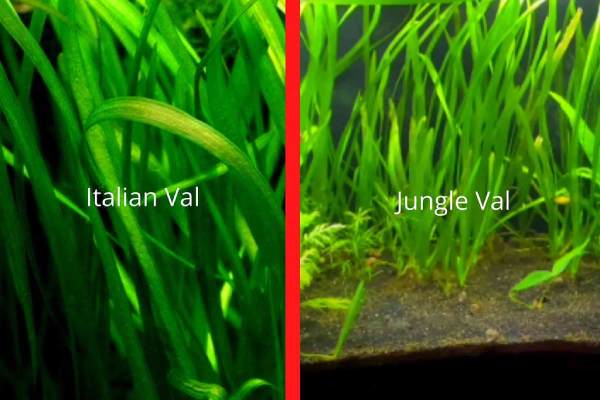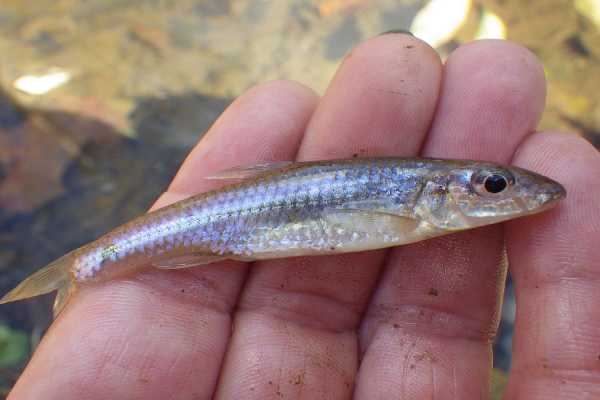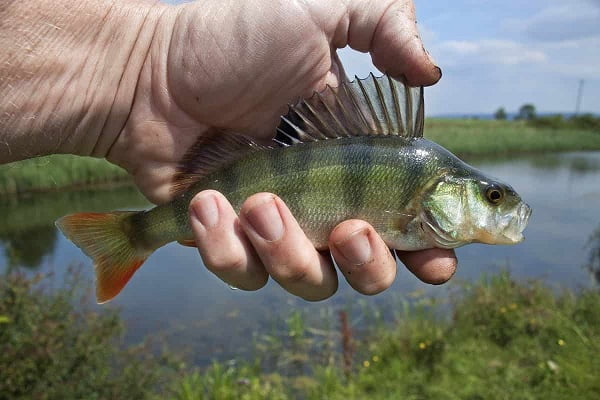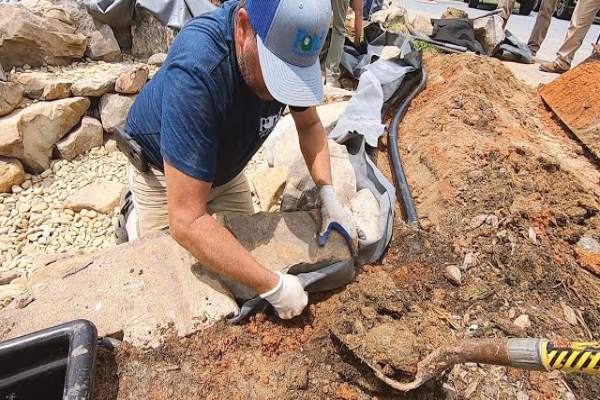How To Fill In A Garden Pond: Do’s And Don’ts
Have you ever thought of filling in a pond but confused on how to go about it? The truth is, there are numerous ways of filling in a garden pond and physical labor is the most challenging aspect of filling it.
Well, if you have been thinking of ways to fill in a garden pond, then you are in the right place.
You know, there are two simple procedures that anyone can follow to fill in a garden pond and all will be discussed in detail in this blog post including the cheapest way to fill in pond so, keep reading.
But before we proceed, let’s quickly answer a question that numerous people ask.
What is a pond?
A pond is a body of water that can range in size from 1 square metre to 2 hectares and can store water for months. It is often fresh water, although it can also be brackish. Some ponds are created naturally and are filled with rainfall, spring, and run-off while others are created artificially.
Now that you have known what a pond is, let’s dive into how to fill it.
Ways of Filling in a Pond
Though there are numerous ways of filling a garden pond, these are the simplest steps anyone can use to fill a pond;
Move Pond’s Wildlife
The first thing to do is to search the pond for any fish, frogs, turtles, or other creatures that you might want to move. Moving fish to bowls, aquariums, or other watery areas is a good idea.
Remove the Water
After the creatures are removed, you can start draining the pond’s water. A wet vac, garden hose, or pond pump can all be used for this.
If you’re already worried about getting a pond pump, it’s nothing to worry about because your pond should have a pond pump if it was professionally installed.
Pond pumps are typically used to keep the water moving in the pond so that it doesn’t get stagnant. An input (suction) tube and an output (ejection) tube are components of a submersible pond pump.
All you have to do is place the pump in the pond’s deepest area and start pumping. Note the head height capacity of the pump, which is often listed in the user handbook. A pump’s head height capacity is a number that indicates how much water it can lift before shutting off.
The pump will automatically shut off, and you won’t be able to pump if the deepest point in the pond is deeper than the head height of the pump. To reduce the height of the water outflow, you must either find a shallow location or set the pump on top of a platform.
The outflow tube needs to be put into a garden or other water collection area. The water will subsequently be transferred from the pond to the output tube. Any water that the pump can’t remove, do use buckets to remove.
Garden Hose
Utilizing a garden hose to drain water from your pond is an economical and straightforward alternative if your pond lacks a pond pump.
You will need a garden hose long enough to connect the pond to a suitable drainage location before you can proceed.
Suck the hose, and water will start flowing up the hose then send the water to a local drain or another suitable location.
Wet Vac
Using a wet vac is another alternative for draining a pond. A wet vac is a strong vacuum that is made specifically to remove liquids, including water.
You must connect the vacuum hose to the wet vacuum’s suction port in order to use it. Inserting the other end of the hose into the pond will allow the wet vac to draw up the water. The water will subsequently be released into a drainage system or another suitable location.
Utilizing a Bucket
Water can also be removed from your pond using a bucket if you don’t want to spend money on a pump, hose, or wet vac. This is incredibly cost-effective even if it might be time-consuming and exhausting. All you have to do is scoop the water out of the pond with the bucket.
Discard the pond liner
After draining out the water, the next step is to remove the pond liner, which is a sizable, impermeable covering (often made of plastic) located beneath the mud and rocks.
Before removing the liner from what is now essentially a hole in the ground, remove any remaining mud and gravel with a shovel.
After discarding the pond liner, fill in your garden pond. This can be done in two ways either with water or by filling it with materials.
Now, if you want to fill your pond with water, then you are keeping it, but if you decide to fill it with materials, then you are getting rid of it for good. These two ways will be discussed in detail in the next section.
Ways to fill a garden pond with materials
If you want to get rid of your pond, you can easily fill your pond with the following after draining the water and removing the pond liner;
Soil and rocks
Maybe you’ve made the decision to fill your pond, but what should you use? Well, you might find the solution in rocks and soil as it is the cheapest way to fill in pond.
You know, filling your pond with soil and rock is not only a cost-effective alternative, but it’s also a fantastic way to add a fresh landscape to your yard.
However, bear in mind that settling is unavoidable when working with huge, dirt-filled regions.
In order to reduce later settling, it is crucial to compact the rocks and soil as much as possible throughout the filling process.
After filling, remember to water the area frequently to help the dirt settle into the rocks and spot any potential problems.
Utilizing a clay-based soil
If the soil in your yard contains a lot of clay, utilizing a clay-and-soil mixture can help you match the topography and create a smooth transition from the pond to the yard.
Just keep in mind that clay expands and contracts at a faster pace than typical dirt, so it’s crucial to take the soil’s composition into account when filling.
Planting Soil
You can fill it with a combination of gardening soil, normal earth, and gravel for drainage.
This is a great technique because it will enable you to use the newly filled pond area in your yard as a place to grow plants.
Don’t forget to water it frequently, and don’t plant anything until the area has settled for a few weeks.
Sandbox
Creating a sandbox out of your old pond is a great idea for families with young children.
Your pond area can be transformed into a pleasant and secure play area. Prior to turning the pond into a sandbox, just be sure to fully clean the area and make sure it’s dry.
You may either purchase a pre-fabricated sandbox or build your own using some bricks for stability and decorate it with a liner.
In-ground trampoline
An excellent example of what could fit in that hole is an in-ground trampoline.
When seeking a fun and secure outdoor pastime, you should consider installing an In-ground trampoline, especially if you have kids.
In-ground trampolines are level with the ground, making them safer and less likely to be blown away in windy conditions than above-ground trampolines.
Trees
Planting trees in your former pond location is a terrific choice if you’re searching for a low-maintenance and aesthetically beautiful option.
It’s an ideal way to make use of the space and add a fresh landscape. Japanese maples, magnolias, and azaleas are just a few examples of trees with lovely foliage.
Additionally, they can fill most of the hole with their root systems, requiring less soil to fill the remaining space.
How to fill a pond with water
As was previously stated, adding water to your pond indicates that you intend to retain it. Most of the time, you must empty your pond and replace it with water.
Now, if you wish to refill your pond with water after draining out the unwanted water, follow these steps.
Get rid of dirty materials
After draining out the water, if you intend to fill in the pond with water, don’t remove the liner; instead, remove all of the dirt and sludge that is still within. Many ponds contain unclean debris, which often sinks to the bottom of the pond. So pick them out.
Fill in the water
After getting rid of dirty materials, the next step is to fill the pond with water. To fill a pond, a variety of water sources are available, which includes;
Well water
The simplest source of water to use is well water. Your pond may be filled easily using a pump. In general, the water is uncontaminated and safe for aquatic life.
The drawback is that you have to make sure your well can support the increased demand, and installing a well pump might be expensive.
Rainwater
Using rainwater to fill your pond is a sustainable and environmentally sound option. It can lower your water bills and is free and secure for aquatic life.
The drawbacks include being weather-dependent and requiring a sizable collection system to fill a sizable pond.
Spring
You know, ponds that are spring-filled may not need any surface runoff to keep them filled, resulting in water that is clear, pure, and chilly.
When considering filling your garden pond, spring water is the best water source, though in certain places you may need permission.
All in all, the wellbeing and safety of the creatures in your pond should be your top priority. Make sure the water source you choose is pure and suitable for fish and other wildlife.
Conclusion
There are various ways of filling in a pond, whether you wish to fill it with water or materials, and each of these has been thoroughly covered in the blog post. So, if you think you can handle it, feel free to use any of these methods.
The challenges are not technical in nature; it simply requires perseverance and a lot of hard work.
FAQs
Don’t pour tap water into your pond. The chlorine in tap water can be harmful to any creature, even if it doesn’t contain fish. You must adequately treat tap water before adding it to your pond if you want to add it.
Fill your pond with water from natural sources, like nearby springs, wells, streams, or other ponds. A test kit should always be used to check the water quality before using it.
You can use a pond pump, bucket, wet vac or hose to drain out water from your pond.





![Do Fish Get Bothered by Pond Lights? [Pond Lighting]](https://pondmemo.com/wp-content/uploads/2023/08/do-fish-get-bothered-by-pond-lights-img_1.jpg)
![How To Stop Your Pond From Overflowing [Pond Overflow Fix]](https://pondmemo.com/wp-content/uploads/2023/05/how-to-stop-your-pond-from-overflowing-1-img.jpg)